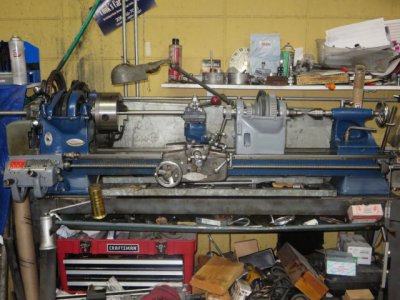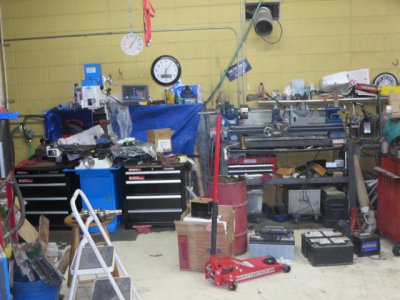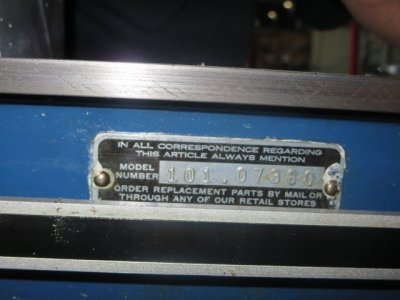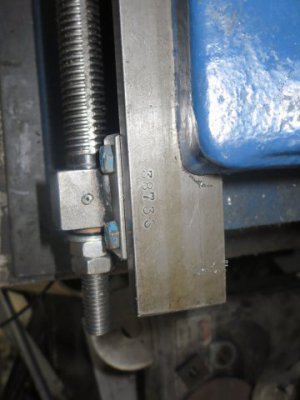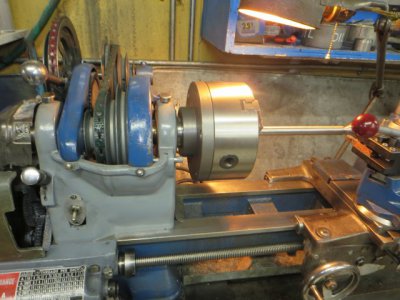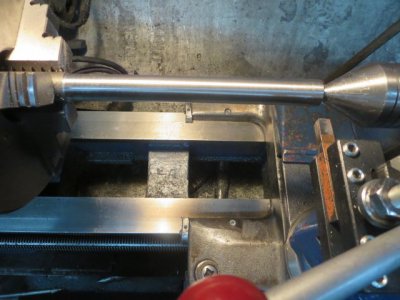- Joined
- Dec 25, 2011
- Messages
- 10,513
OK. Did you once live in Clarkston, WA? If you did not, then the #3873 machine listed in the database online is not your machine. I haven't uploaded a revision in several weeks. This I think is the first time this actually happened in our database but the stupid people at Sears apparently insisted upon a new serial number block starting over at "1" every time that the model number changed. So, assuming that Sears bought at least 3873 of each of the 12 different models of 3/8" bed 12" machines, there are or were 12 12" machines with each serial number.
So before I go any farther, answer that question about Clarkston. And also, give me the bed length or the rated distance between centers.
On the color issue, in the 1930's and 1940's, Sears used various shades of blue, red, green and one year gold for the color of the 12" machines that Atlas built and Sears sold. The Atlas 9" and 10" were up until 1957, always dark machinery gray. I don't know for certain when Sears changed to gray but had always assumed that it was in 1957. But you say that you have a 3/8" bed 12" headstock that is gray so I guess I need to add color to the database. And AFAIK, the 1/2" bed 12" regardless of whether Sears or Atlas were always machinery gray (not dark machinery gray).
So before I go any farther, answer that question about Clarkston. And also, give me the bed length or the rated distance between centers.
On the color issue, in the 1930's and 1940's, Sears used various shades of blue, red, green and one year gold for the color of the 12" machines that Atlas built and Sears sold. The Atlas 9" and 10" were up until 1957, always dark machinery gray. I don't know for certain when Sears changed to gray but had always assumed that it was in 1957. But you say that you have a 3/8" bed 12" headstock that is gray so I guess I need to add color to the database. And AFAIK, the 1/2" bed 12" regardless of whether Sears or Atlas were always machinery gray (not dark machinery gray).


